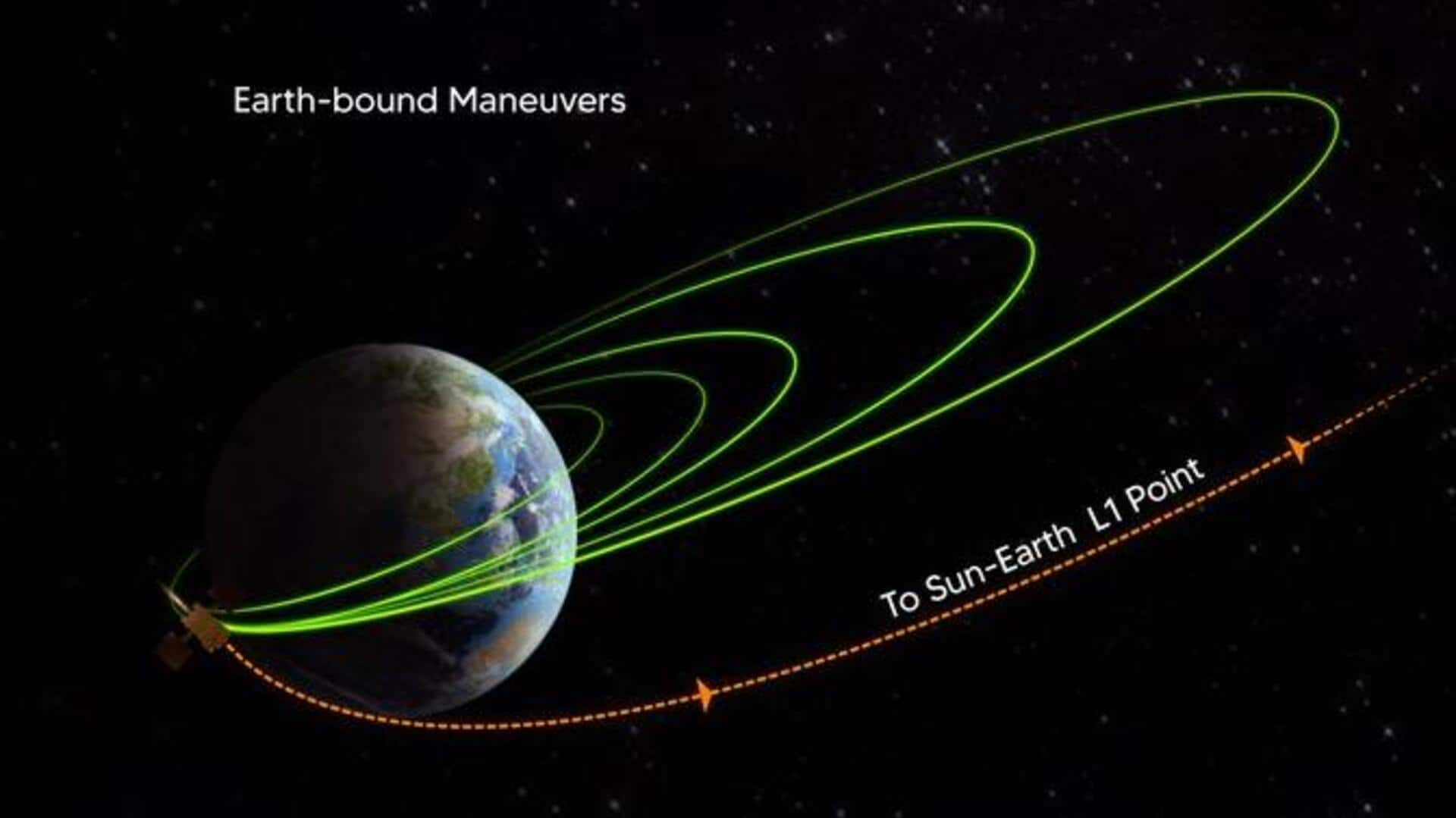
ISRO's Aditya-L1 undergoes crucial operation, heads toward target L1 point
What's the story
India's first space-based solar observatory, Aditya-L1, successfully underwent a key maneuver, called the Trans-Lagrangean Point 1 Insertion (TL1I) earlier today. With today's maneuver, the spacecraft has commenced its journey toward its target destination, a halo orbit around the Sun-Earth Lagrangian (L1) point, confirmed the Indian Space Research Organisation (ISRO). It's estimated to take about 110 days for the mission to reach the intended L1 spot, which is located roughly 1.5 million km from Earth.
Twitter Post
Take a look at ISRO's announcement
Aditya-L1 Mission:
— ISRO (@isro) September 18, 2023
Off to Sun-Earth L1 point!
The Trans-Lagrangean Point 1 Insertion (TL1I) maneuvre is performed successfully.
The spacecraft is now on a trajectory that will take it to the Sun-Earth L1 point. It will be injected into an orbit around L1 through a maneuver… pic.twitter.com/H7GoY0R44I
Payloads
Aditya-L1 has seven payloads
Aditya-L1 is equipped with seven scientific payloads, all of which have been developed indigenously. These instruments will observe the photosphere, chromosphere, and the outermost layers of the Sun (the corona) using electromagnetic and magnetic field detectors. Four of Aditya-L1's payloads will directly view the Sun, while the remaining three will carry out in-situ studies from the L1 point. Among Aditya-L1's key objectives is to provide information on coronal heating, coronal mass ejection, pre-flare and flare activities, and space weather dynamics.
Activities
Next operation will insert Aditya-L1 in an orbit around L1
Aditya-L1 launched on September 2, and the spacecraft has previously been subjected to four Earth-bound maneuvers, allowing it to garner the required velocity for its journey. The latest TL1I operation is the fifth consecutive time that ISRO has successfully "transferred an object on a trajectory toward another celestial body or location in space." The next operation on the spacecraft will be performed at the end of its current 110-day journey, where it will be injected into an orbit around L1.
Positioning
Aditya-L1's location will allow it to continuously monitor the Sun
There are five Lagrange points that serve as parking areas between Earth and the Sun where small objects tend to stay if placed there. These Lagrangian points can be used by spacecraft to remain there with reduced fuel consumption. Aditya-L1's strategic positioning in the halo orbit around the L1 point will provide the mission with the advantage of continuously viewing the Sun without any eclipses. This will enable real-time observation of solar activities and their effect on space weather.